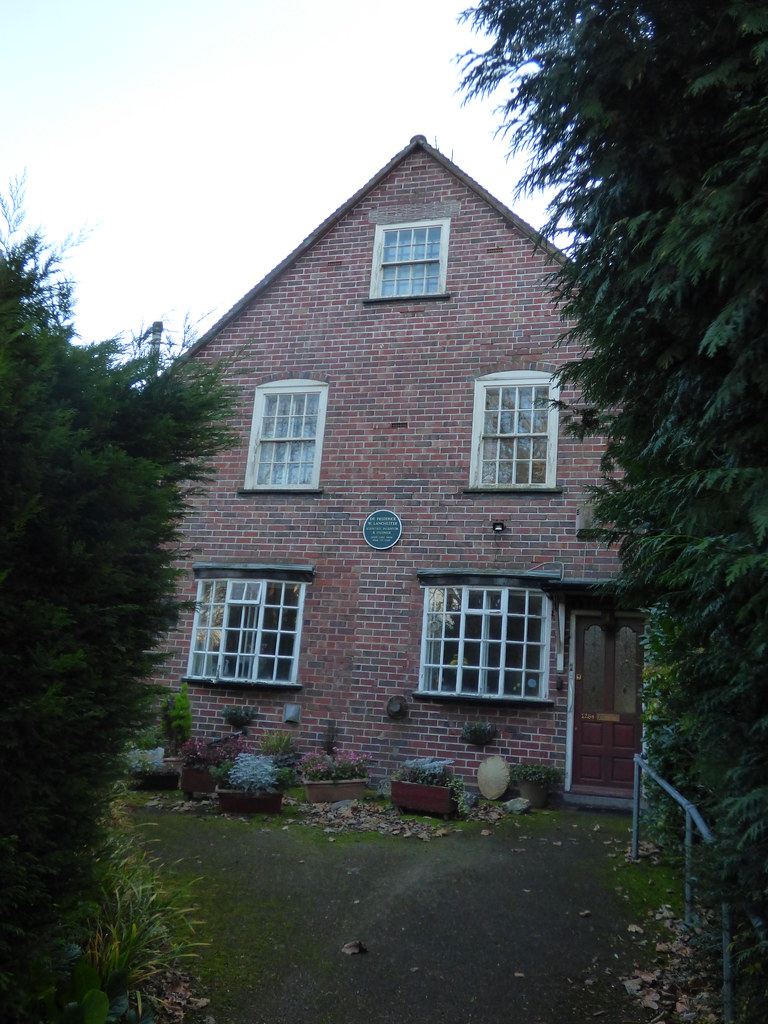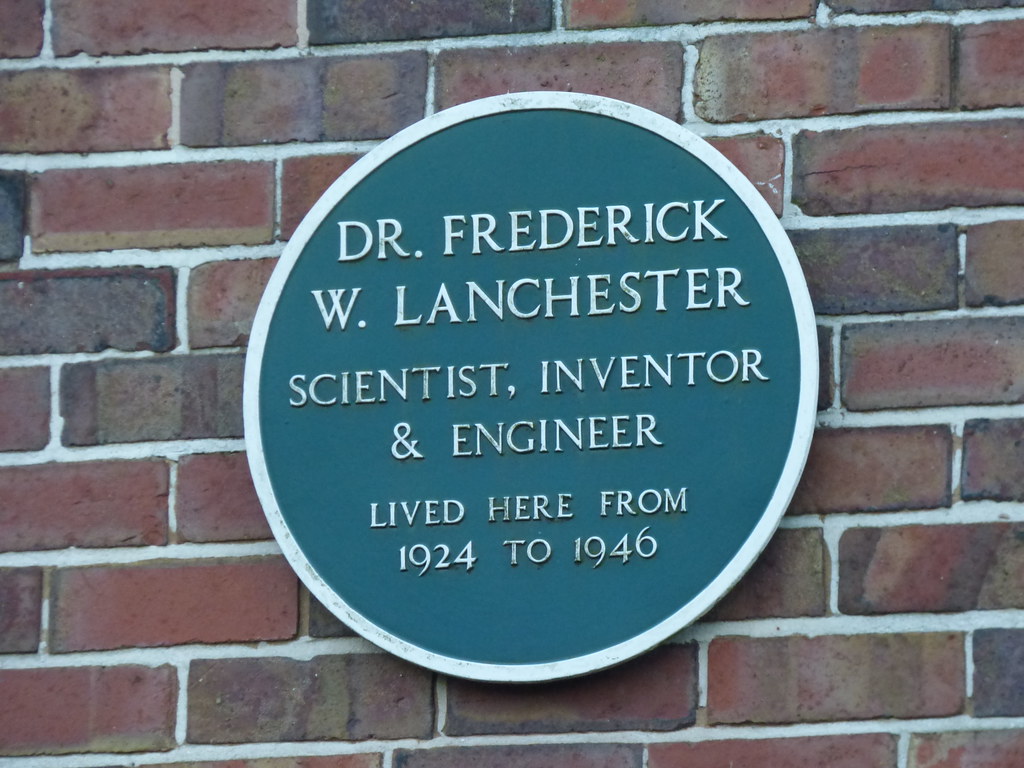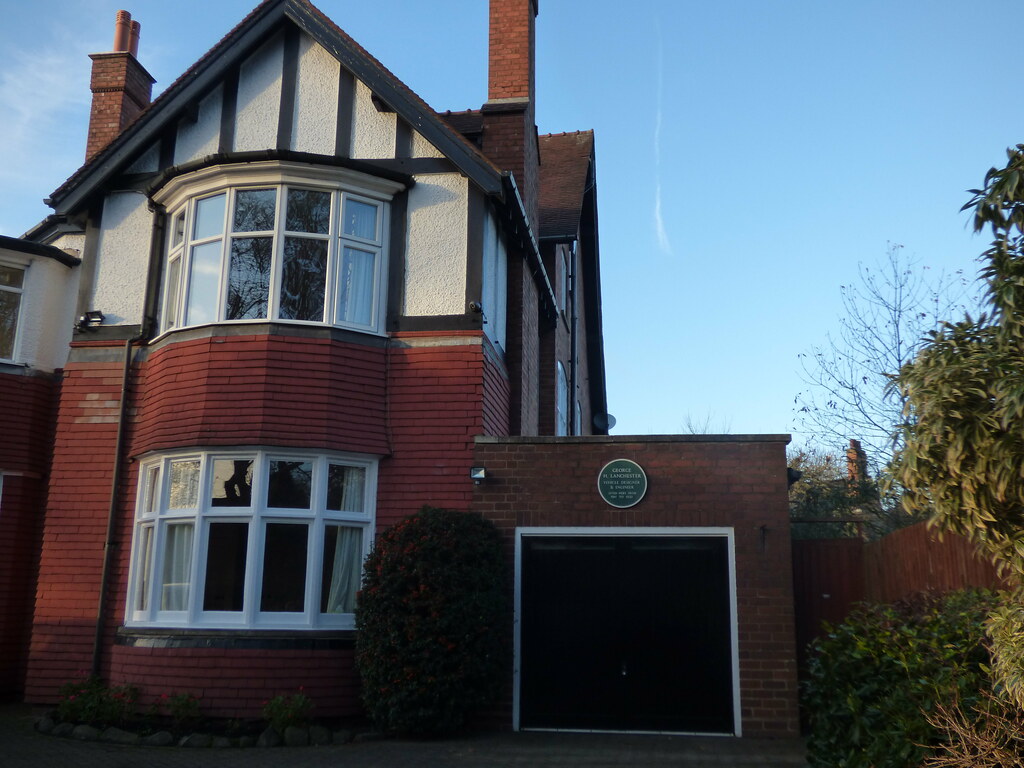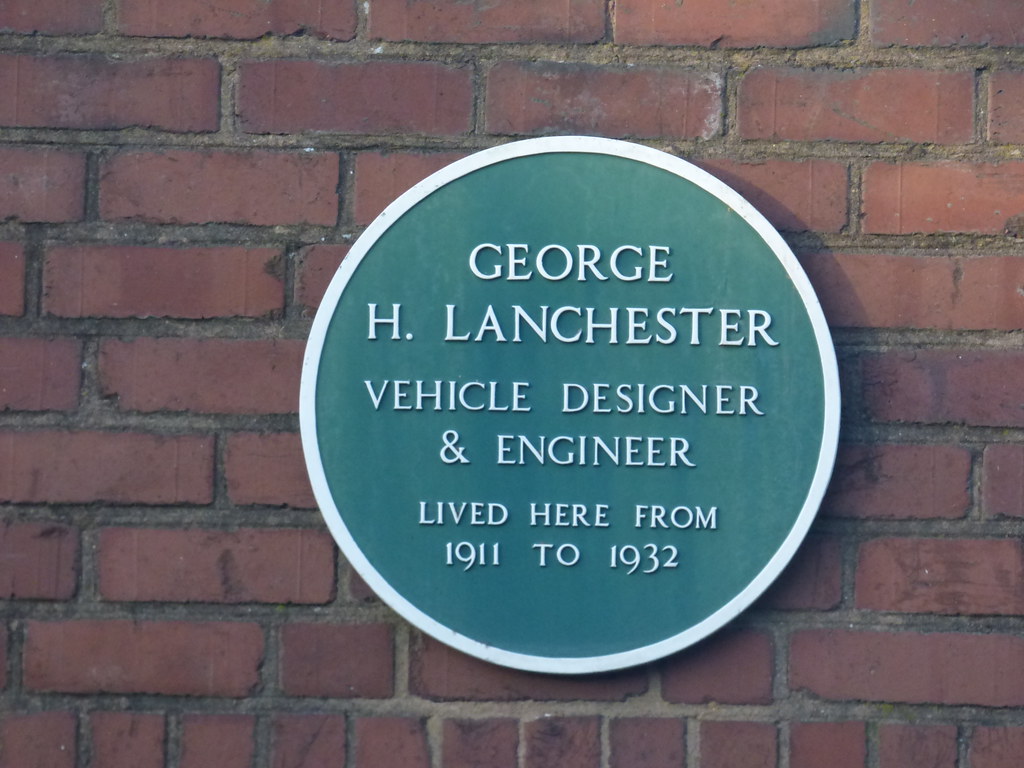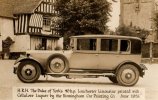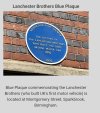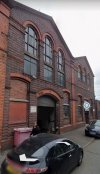Heartland
master brummie
For those who visited the Classic Car Show at the NEC last weekend, there was an opportunity to talk to the author of books on Lanchester.
This firm began in Birmingham and Frederick Lanchester was the first to build an internal combustion car in the UK. He did it in Birmingham and with his brothers set up an iconic brand.
His main manufacturing sites came to be at Liverpool Street (Alpha Works), Montgomery Street (building still stands), Fallows Road and Spring Road. The laboratory was at Spring Road
If google earth is correct the Spring Road buildings (right) looks to be the original Lanchester slant roof structure-

This firm began in Birmingham and Frederick Lanchester was the first to build an internal combustion car in the UK. He did it in Birmingham and with his brothers set up an iconic brand.
His main manufacturing sites came to be at Liverpool Street (Alpha Works), Montgomery Street (building still stands), Fallows Road and Spring Road. The laboratory was at Spring Road
If google earth is correct the Spring Road buildings (right) looks to be the original Lanchester slant roof structure-




